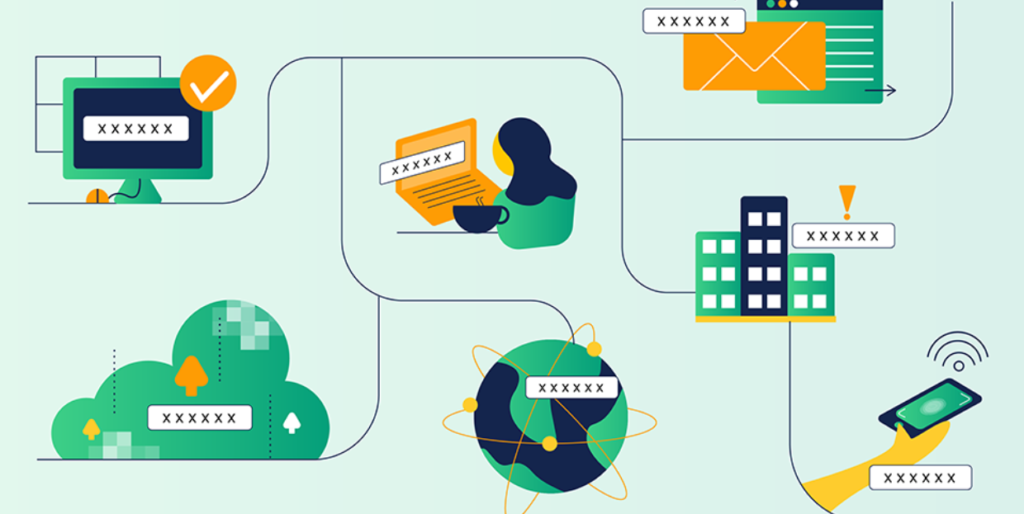These days, the Zero Trust security framework touches almost every corner of the enterprise. However, one component that serves as an especially crucial piece of zero trust is identity management. Knowing who is accessing the network and what devices they use is ground zero for system and data protection.
Unfortunately, many organizations continue to rely on passwords and other ineffective methods. Passwords are easily lost, stolen, and compromised, yet poor password hygiene is just part of a much larger problem. Even excellent passwords can be cracked, and multifactor authentication (MFA) methods are not created equal. Without the right components, these protections can be easily defeated.
Know your users and permissions
An organization must feel extremely confident that it has vetted a user each and every time that person accesses the network. This method must make it relatively simple for a person to authenticate but ensure that the user is exactly who he or she claims to be.
Like vetting users, it’s vital to ensure that permissions are set correctly and network segmentation is in place. This way, if an attacker enters an account, it isn’t possible to grab the keys to the entire kingdom. This task is difficult because roles within organizations often change, and a mechanism must exist to update and manage permissions.
Monitor, audit, and trace
Zero trust is all about knowing what is taking place and having essential controls in place. This way, if a suspicious event or violation occurs, there’s a mechanism for detecting and dealing with it. This can mean shutting down an application or part of a network or forcing a user to authenticate further before proceeding. An immutable audit trail of access events ensures the bad guys cannot cover their tracks.
Build better protections
It’s critical to recognize that zero trust revolves around the idea that you’re verifying first and checking constantly. This translates into a need for layers of detection and protection along with different mechanisms for identifying and remediating attacks.
Within the identity space, zero trust involves verifying through two strong forms of identity, such as live biometrics and a private cryptographic key, and even cross-checking this information with a person’s physical location and machine ID as they log in. In some cases, it might also incorporate an immutable ledger like blockchain, which can protect files, documents, and more.
In conclusion
The tools to support zero trust already exist, but in the end, there is no magic formula for achieving zero trust. It involves numerous tools, technologies, and processes that sit atop an IT infrastructure. It involves a shift in cultural thinking. Yet, more than anything else, it requires a fundamentally different way of thinking about identities, access, and assets. When organizations get the identity component right, cybersecurity suddenly becomes much simpler and stronger.
About Plow Networks
Plow Networks is a leading IT services provider, connecting businesses to technology since 2012. With deep expertise in network, cloud, and end user support services, we partner with clients to leverage technology in ways that simplify operations and fuel growth. Plow Networks is based in Brentwood, Tennessee.



